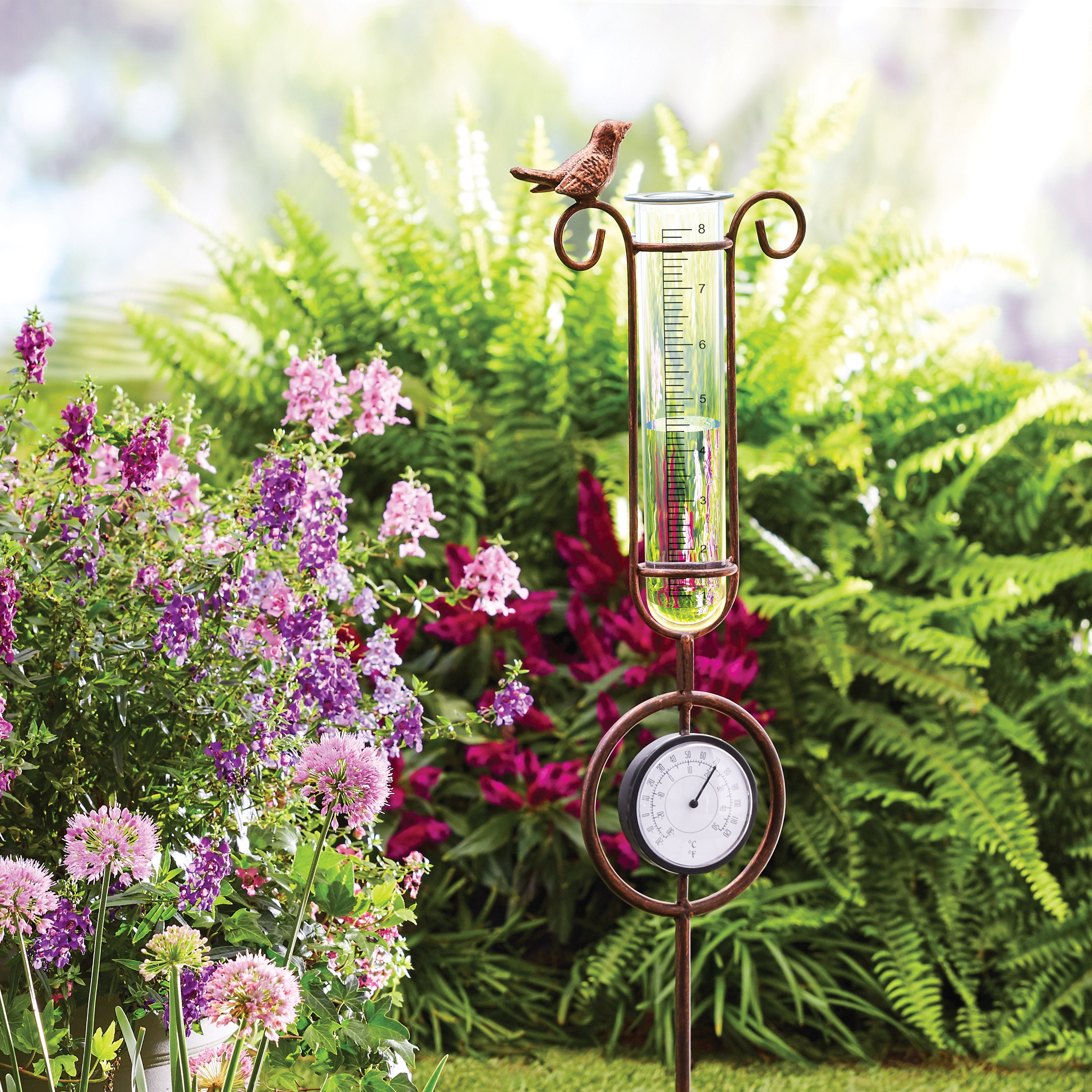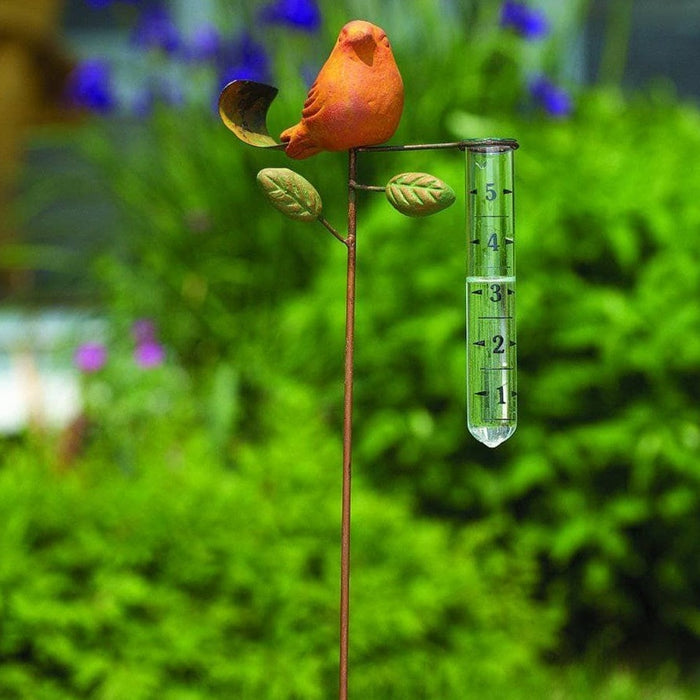The Rain Gauge: Enhancing Agricultural and Environmental Keeping Track Of Initiatives
The Rain Gauge: Enhancing Agricultural and Environmental Keeping Track Of Initiatives
Blog Article
Exactly How to Pick the Right Rain Scale for Accurate Rain Data
To obtain trusted dimensions, it is important to pick the right rain scale. Considering variables such as place, type, and accuracy of the rain gauge will assist make sure accurate data collection. Additionally, recognizing the maintenance and calibration treatments will certainly add to the long life and integrity of your rain scale.
Relevance of Picking the Right Rain Scale
The significance of choosing the ideal rain gauge hinges on acquiring trusted and specific rainfall information for accurate meteorological analysis. Rainfall information is important for a large range of applications, consisting of weather forecasting, hydrological modeling, and environment study. Incorrect or unreliable information can bring about erroneous conclusions and flawed decision-making processes.

Second of all, the accuracy and accuracy of the rainfall scale are critical. The scale needs to have the ability to gauge rains with high accuracy, recording even little quantities of precipitation properly. It needs to additionally minimize errors due to evaporation, wind, and various other ecological aspects. Normal calibration and maintenance are necessary to make sure continuous precision.
In addition, the area and installment of the rain scale are important factors to consider. It needs to be placed in an open area, far from obstructions that might influence rains measurements. The gauge should be positioned at an ideal elevation and angle to prevent splashing and make sure appropriate catchment of rain.
Factors to Consider When Selecting a Rain Gauge
When choosing a rainfall scale, there are several crucial factors to take into consideration. These aspects can greatly affect the precision and reliability of the rains data collected. The very first factor to think about is the kind of rainfall scale. There are different types available, including standard rainfall evaluates, tipping bucket rain evaluates, and considering rainfall determines. Each type has its own benefits and drawbacks, so it is necessary to select one that best fits your details needs and demands.
Another variable to consider is the product of the rain scale. Rain assesses can be made from numerous materials, such as plastic, metal, or glass. The product picked should be resistant and long lasting to climate condition, guaranteeing that the rainfall scale will certainly endure the aspects and provide accurate dimensions with time.
Accuracy is additionally an essential variable to take into consideration. Try to find rainfall assesses that have actually been calibrated and evaluated for accuracy. Attributes such as anti-splash rings and funnels can also improve the accuracy of the measurements.

Last but not least, think about the environment and setting in which the rain scale will certainly be made use of. Different rainfall evaluates appropriate for various environments, so it is essential to pick one that is ideal for the conditions in your location.
Different Kinds Of Rain Assesses Readily Available
To even more check out the variables to consider when picking a rainfall scale, it is very important to recognize the different types of rainfall determines offered. There are a number of kinds of rain gauges, each with its very own advantages and negative aspects. The most usual type is the basic rain gauge, additionally recognized as the round rain gauge. This type is composed of a straight-sided cylindrical container with a funnel-shaped top. It is simple to use and offers precise dimensions of rainfall.
An straight from the source additional kind of rain scale is the tipping pail rain scale. This scale utilizes a seesaw-like system to why not try this out collect and gauge rains. As the rainfall comes under the gauge, it fills out one side of the pail, creating it to clear the water and tip. The variety of pointers is counted online to figure out the quantity of rainfall. Tipping bucket rain evaluates are preferred for their accuracy and ability to measure rains strength.
A third type of rain scale is the considering rainfall gauge. As the rainfall drops into the scale, it is collected in a container attached to an equilibrium.
Lastly, there are also remote rainfall gauges that use advanced innovation to measure rainfall (The Rain Gauge). These assesses usage sensing units and transmitters to send data wirelessly to a central unit. Remote rainfall assesses are convenient for keeping an eye on rainfall in hard-to-reach areas or for large-scale information collection
Exactly How to Determine the Precision of a Rainfall Scale
One way to assess the precision of a rainfall scale is by carrying out routine calibration dimensions. Calibration involves contrasting the readings of a rainfall gauge to a typical measurement, such as a qualified rainfall gauge or a weather terminal with high precision. By contrasting the dimensions, any type of discrepancies or inaccuracies in the rainfall gauge can be identified and made up.
To carry out a calibration measurement, begin by accumulating rains data from both the rain gauge and the basic measurement gadget over a specific time duration, such as a month. Then, compare the analyses and compute the difference between them. This distinction is recognized as the calibration error.
It is crucial to note that calibration dimensions need to be executed routinely, as ecological variables, such as temperature level, debris, and wind, can affect the accuracy of the rain scale gradually. By performing regular calibrations, any type of modifications in the precision of the rain gauge can be found and changes can be made accordingly.
In addition to calibration, it is additionally suggested to clean and maintain the rainfall scale regularly to guarantee its accuracy. Eliminate any kind of debris or blockages that may affect the accuracy of the measurements, and check for any indications of damage or put on that might need fixings or substitute.
Tips for Keeping and Calibrating Your Rain Scale
Regular upkeep and calibration are essential for making certain the precision and integrity of your rainfall gauge in determining rainfall data (The Rain Gauge). By adhering to her explanation a couple of simple pointers, you can make certain that your rainfall scale is appropriately maintained and calibrated
To start with, it is essential to clean your rainfall scale consistently to avoid any type of debris or dust from blocking the rain collection system. Utilize a soft brush and a mild detergent to delicately clean up the within and beyond the gauge. Wash it thoroughly with tidy water and permit it to dry entirely before reinstalling it.
Secondly, it is recommended to adjust your rainfall gauge a minimum of when a year. Calibration entails comparing the measurements of your rainfall gauge with those of a trusted and precise recommendation gauge. This will aid you recognize and deal with any prospective mistakes in your rain scale's dimensions.
To calibrate your rainfall gauge, collect a well-known volume of water making use of a determining container and compare it with the dimensions tape-recorded by your rain gauge. Adjust the analyses as necessary to make sure precision.

Final Thought
In final thought, picking the ideal rain scale is vital for obtaining accurate rainfall data. Elements such as objective, spending plan, and location need to be considered when choosing a rain scale.
There are various types readily available, consisting of conventional rainfall determines, tipping bucket rain gauges, and evaluating rainfall gauges.To additionally explore the factors to consider when choosing a rainfall scale, it is crucial to understand the various types of rainfall determines available. The most typical kind is the common rain gauge, likewise understood as the cylindrical rainfall scale.An additional type of rain scale is the tipping pail rain gauge. Calibration entails contrasting the analyses of a rain gauge to a common dimension, such as a certified rainfall gauge or a weather condition terminal with high accuracy.
Report this page